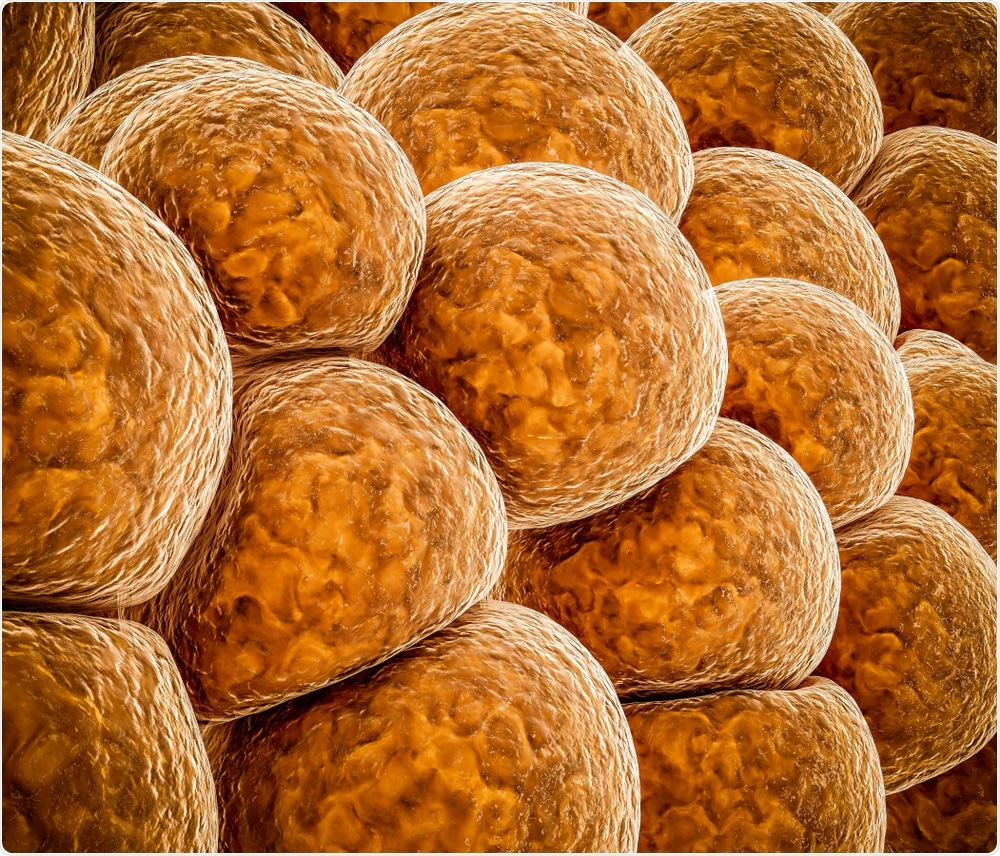A study led by researchers at Tel Aviv University has found that skin cells exposed to sunlight respond by producing pigmentation on a 48-hour cycle.
 Image Credit: Victor Josan / Shutterstock
Image Credit: Victor Josan / Shutterstock
As recently reported in the journal Molecular Cell, exposing mice and human skin cells to ultraviolet light every two days yielded darker pigmentation and less radiation damage than exposing the cells on a daily basis.
"The damaging effects of high doses of ultraviolet rays are known, but we were curious to see the effect of exposure frequency on skin," said senior author Carmit Levy.
On exposure to ultraviolet light, the skin has a two-fold response.
First, it induces an immune response, repairs DNA breakage and generates more cells to protect underlying skin layers.
Secondly, melanin pigments the skin and provides a natural sunscreen in preparation for further exposure.
Levy and team wanted to find out how the timing of these two protection programs is synchronized.
After exposing the mice to ultraviolet light every day, every other day and every three days, they measured melanin production and the amount of DNA breakage.
The team found that exposing the cells on a 48-hour cycle yielded the darkest pigmentation while minimizing the effects of stress.
The results were so surprising. We expected daily synchronization of the cell's protective cycles… It turns out that, if you are going out daily to the beach, you might be interfering with the natural scheduling and synchronizing of the skin protection systems.”
Carmit Levy, Senior Author
The researchers also observed that MITF (microphthalmia-associated transcription factor) appeared to be involved in synchronizing the systems. When the skin cells were exposed to ultraviolet light once, MITF expression fluctuated every 48 hours, while a second exposure one day later appeared to disrupt this expression.
Next, the team assessed pigment production in human cells by directly stimulating MITF activity.
This revealed that a 48-hour cycle of stimulation resulted in the most pigmentation, while minimizing stress-induced cell proliferation.
We're not sure why we would have evolved for a 48-hour cycle when ancient humans were probably exposed to the sun every day. We do know that vitamin D, which the skin produces upon exposure to the sun, is stable in the blood for 48 hours post-exposure. Perhaps there is a link."
Carmit Levy, Senior Author
The researchers believe that understanding the transcription factor dynamics could provide important insights for ensuring skin cancer treatments are correctly timed, since some treatments have previously been shown to be frequency dependent.
Further studies are needed to replicate the findings in humans before any conclusions can be drawn about their therapeutic potential or even just how to ensure safer tanning activities.
Source
Mouse and human skin cells produce melanin on a 48-hour cycle. Cell Press.